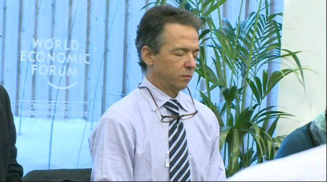School reformers are trying to shift the deeply rooted school culture that has been in place for a century. We are attempting to shift the beliefs and values of a school community that are deeply entrenched. In my experience, when seeking to change the beliefs, values, and culture of others, logic does not apply.
If we need proof of this, reflect on our own good intentions. Most of us would like to shed a few pounds. We know we are over our best weight and that having the extra pounds is not healthy. We have a desire to change. We know it’s the right thing to do. The problem is that we drive past the gym on the way to and from work and don’t stop. We continue to eat between meals or eat meals that we know are not healthy. As a culture we continue to “Supersize” our waistlines. Why aren’t we all at our target weights? It takes more than logic to shift a lifetime of eating habits, deeply held, and sometimes, invisible attitudes about eating. Similarly, it is just as difficult for classroom teachers and school cultures to change their habits of practice, attitudes, and behaviors.
Most of us live in the hope that a good logical presentation of facts will do the trick. If only it were that easy. Wouldn’t it be great if all we had to do were show Karl Fisch’s “Do You Know” video, have everyone read “The World Is Flat”, and invite a celebrity keynote to inspire us? Wouldn’t it be great if we could blog our way to transformation? Think about the example of losing weight or quitting smoking…reading books and listening to speakers may help; but there is much, much more involved in “real” change.
I hear it argued that teachers’ fear technology and that is holding us back from transforming education. While there is some fear, I don’t believe that is the key obstacle to change. Some argue that teachers are deliberately fighting change and imply that it is a lack of professionalism. Once again, I don’t believe our primary obstacle is a lack of professionalism, or an “ostrich head in the sand” scenario.
The fact is that human beings like to operate in their “comfort zones”. Let’s say a teacher wants to try teaching with the inquiry method. Instead of giving answers, at which she is very adept, she decides to ask questions and let students find the answers. She prepares an inquiry-based lesson. As she delivers it she feels clumsy and lacks confidence. The kids don’t respond the way she had hoped. She may say to herself, “This is way too difficult. You need to be a special kind of person to teach this way.” She may try another inquiry lesson…or not. It’s so easy to go back to the way that has always worked for her rather than continuing the frustrating path of these inquiry lessons.
When I coached basketball, I remember kids shooting and making baskets with two hand set shots. At a basic level, this outmoded way of shooting worked for them. They could make their shots. I knew that it also would hold them back from progressing any further in the sport. There was no way that they could succeed and continue to shoot with two hands. I would show them the proper way to shoot with one hand. It felt odd for them. As they were learning this new way of doing things they would miss more than they would make. In fact, they made fewer shots with the proper one handed method than they did with the old two-handed shot. Many of these kids couldn’t deal with the uncomfortable side of change. They would only shoot properly when I was around. When I wasn’t…back to two hands. Was this fear? Was this a lack of professionalism? Or just human beings demonstrating that habits of practice are hard to change?
I invite us to include serious personal (affective) and organizational culture, change plans in every technology plan.
I also believe that it would be helpful if we would reflect on our own personal resistance to change. We’re human beings so it’s going to be there in some part of our lives. If we’re courageously self-honest about our own experience with the discomfort of change, we’ll be better able to help others deal with theirs.
The question we should be asking is, “How can I make disruptive and uncomfortable personal and professional change easier for those in my classrooms and schools?
The wonderful paradox is that in order to fully utilize technology to transform teaching and learning; we need to focus on the people, not simply the technology…
…and people are much more complex than technology!
pete

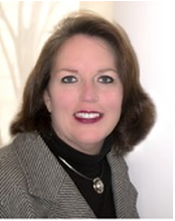 utive Director, NYSCATE
utive Director, NYSCATE
 It was my junior year of high school, and Mrs. Keehan called me to her desk after English class.
It was my junior year of high school, and Mrs. Keehan called me to her desk after English class.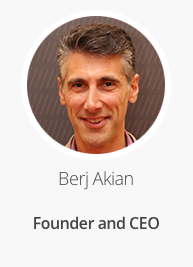


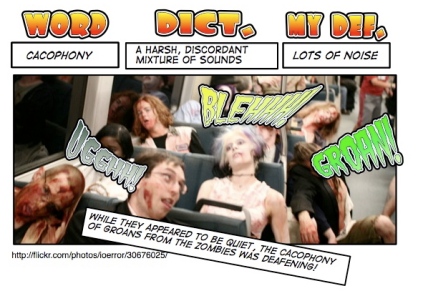

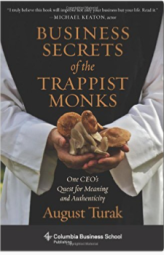

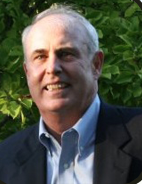
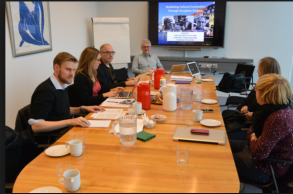 I used to prepare for important meetings by writing down the key points I wanted to convey. I’d try to anticipate what people’s responses would be and prepare for those as well. In a sense, I was trying to do as much as I could to ‘script’ the conversation. I did this whether I was planning for a ‘one on one’ or team meeting that I felt was particularly important or potentially emotional. Preparing like this made me feel safer and reduced the prospect of me being surprised. Being unprepared made me feel vulnerable.
I used to prepare for important meetings by writing down the key points I wanted to convey. I’d try to anticipate what people’s responses would be and prepare for those as well. In a sense, I was trying to do as much as I could to ‘script’ the conversation. I did this whether I was planning for a ‘one on one’ or team meeting that I felt was particularly important or potentially emotional. Preparing like this made me feel safer and reduced the prospect of me being surprised. Being unprepared made me feel vulnerable.